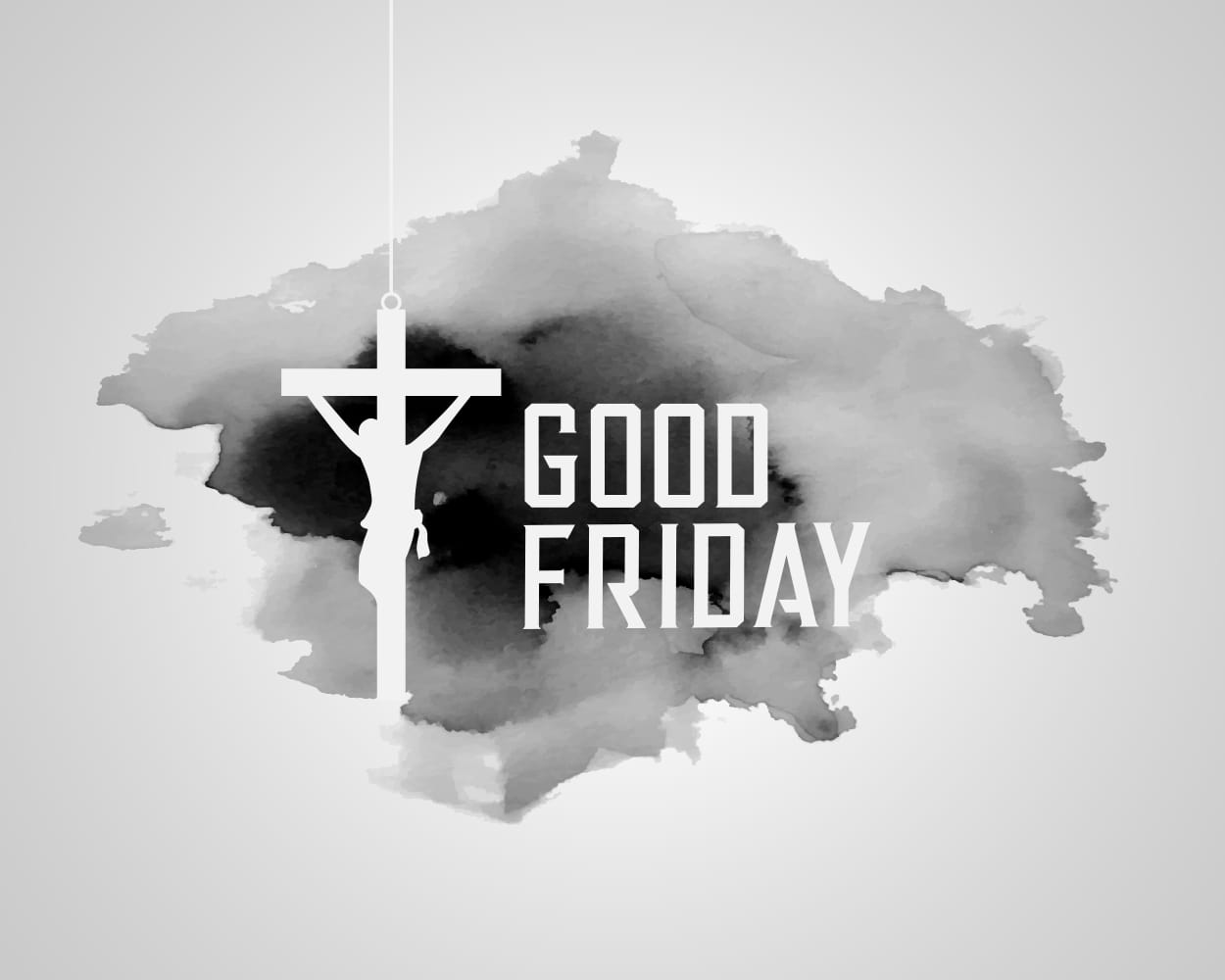- HUMOR
80 Golf Puns


Good Friday is one of the most important and solemn days in the Christian calendar. It commemorates the crucifixion of Jesus Christ and his death at Calvary. Observed during Holy Week on the Friday before Easter Sunday, Good Friday is a day of reflection, mourning, and spiritual devotion. In 2025, Good Friday falls on April 18. While it is a somber occasion, it also serves as a powerful reminder of hope, sacrifice, and the belief in resurrection and redemption.
Good Friday marks the day when Jesus Christ was crucified by the Romans, an event central to Christian belief. It is called “good” not because it was a joyful event, but because of the profound good that Christians believe came from Christ’s sacrifice—offering salvation to humanity. It is a day to remember the suffering and selfless love that Jesus showed for mankind.
The observance of Good Friday dates back to the early centuries of Christianity. While the term “Good Friday” was first recorded in the 13th century, the remembrance of Jesus’ crucifixion has been a part of Christian practice since at least the 4th century. The origins of the name are debated, but one common theory is that “Good” refers to the day’s sacredness or to the phrase “God’s Friday.” Over time, the day became an established part of the Easter Triduum—the three-day period that also includes Holy Saturday and Easter Sunday.
Most Christian denominations hold special church services focused on the Passion of Christ. These often include readings from the Bible, solemn hymns, and sermons that reflect on Jesus’ suffering and death.
Many Christians fast or avoid meat on Good Friday as a form of penance. It’s a spiritual act of self-denial to honor the sacrifice Jesus made.
A popular Good Friday devotion involves meditating on the 14 Stations of the Cross, which represent key moments in the final hours of Jesus’ life.
Individuals spend time in personal prayer, reading scripture, or quietly reflecting on the meaning of the day.
In many countries, dramatic reenactments of the crucifixion or processions through the streets are performed. These public displays help bring the story of Jesus’ Passion to life.
At 3:00 p.m., the traditionally believed time of Jesus’ death, many observe a moment of silence or special prayers.
Churches are often bare, with minimal decoration. Bells remain silent, and organ music is replaced with quiet hymns or chants.
A traditional act during Good Friday services, where worshippers approach a cross to kiss or touch it as a symbol of devotion and remembrance.
In countries like Spain, Italy, and the Philippines, large-scale processions are organized, sometimes with participants dressed in biblical attire.
In some communities, people wear black or avoid certain activities like entertainment or shopping, keeping the focus on the sacred nature of the day.
Look for local services or join virtual ones if you prefer a more private observance.
Quiet moments in a peaceful environment can help in reflection and prayer.
Reading chapters from the Gospels that describe the crucifixion (like John 19 or Luke 23) can deepen understanding.
Use the day to reach out to someone in need or perform a small act of kindness in Jesus’ spirit of sacrifice.
Talk about the meaning of Good Friday with children or loved ones to keep the tradition alive and meaningful.
Good Friday reminds us of the power of sacrifice, forgiveness, and love. While it may be a day of mourning, it also points toward renewal and hope—culminating in the celebration of Easter. Whether you spend it in quiet solitude, with family, or in prayerful reflection, let it be a day that brings peace to your heart. If this guide helped you understand Good Friday better, don’t hesitate to share it with others—it might inspire someone to reflect more deeply this Holy Week.